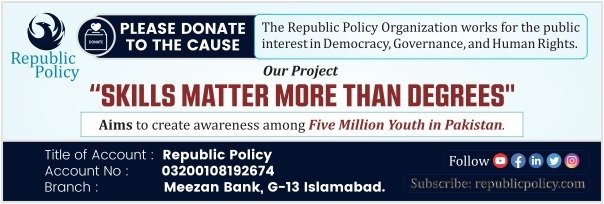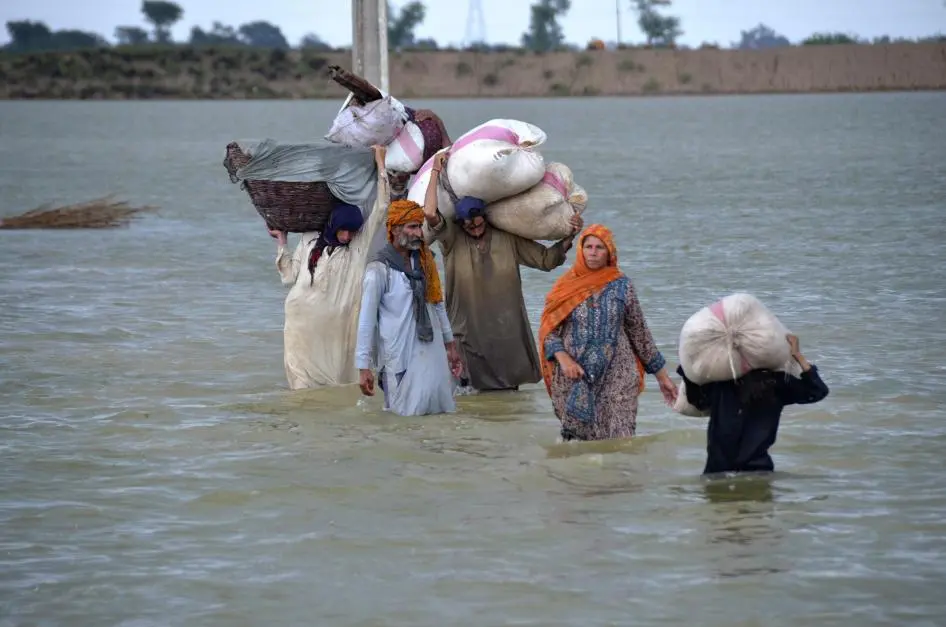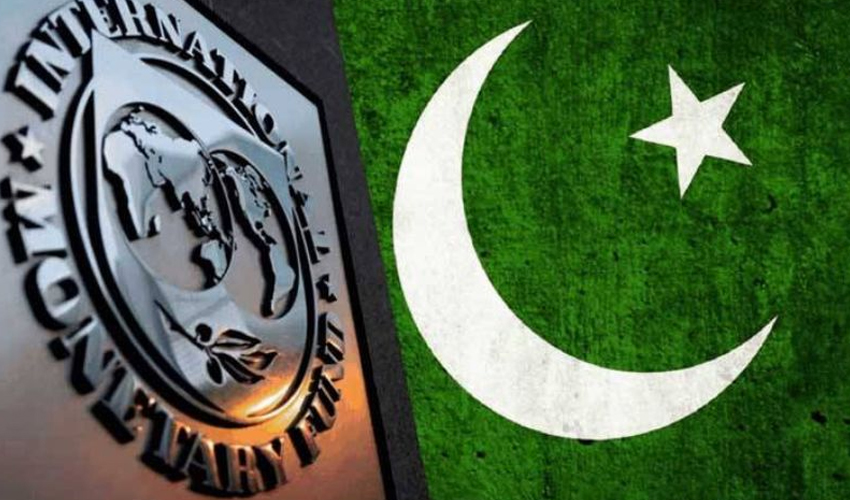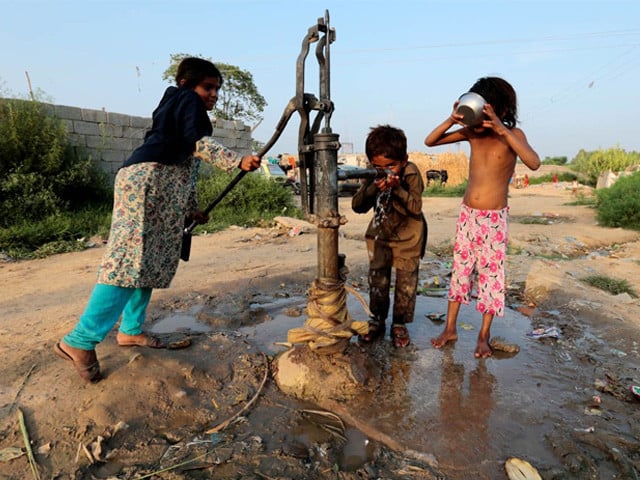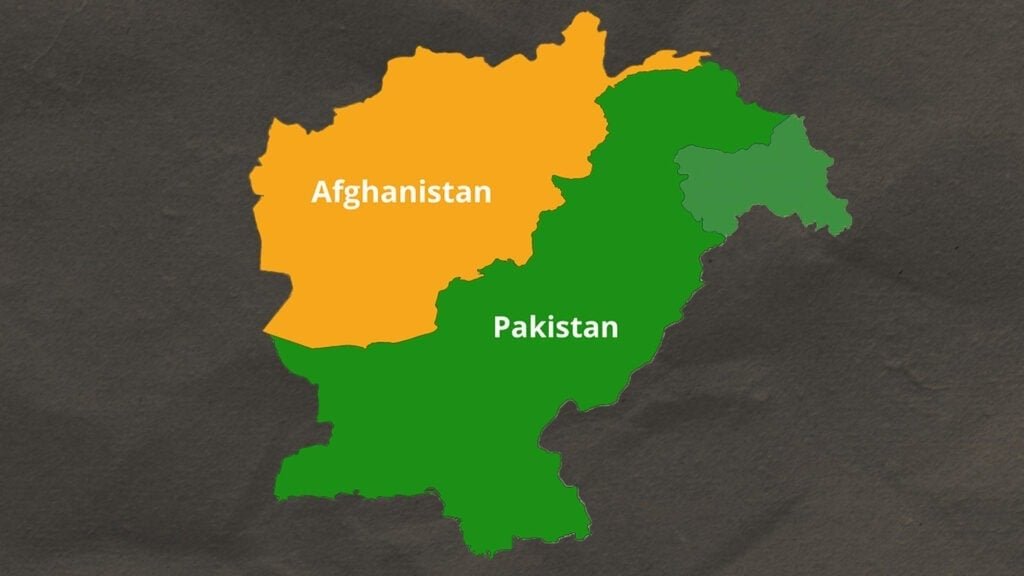Zafar Iqbal
Pakistan’s current account deficit has surged by more than 255 percent year-on-year during the first four months of the current fiscal year. Business Recorder projected this sharp increase, noting that the government had to loosen administrative controls on opening letters of credit to reduce negative impacts on domestic productivity. Many sectors in Pakistan rely on imports of raw materials and semi-finished products, and restrictions had created severe operational challenges. Donor agencies, including the International Monetary Fund, had also insisted on abandoning these restrictive policies as part of their conditions.
Imports between July and October 2025 rose to USD 20.7 billion compared to USD 18.9 billion in the same period last year, an increase of nearly 10 percent. The rise in imports reflects both increased demand in the industrial sector and the government’s loosening of import controls. However, the higher import bill has contributed significantly to widening the current account deficit, putting pressure on the country’s foreign exchange reserves.
The authorities are also implementing contractionary fiscal and monetary policies under the ongoing IMF programme. These policies have increased input costs relative to regional competitors. Although the government claims to have eased monetary policy by halving the discount rate since June 2024 to 11 percent, this rate remains double the average in neighbouring countries, limiting the positive impact on business and economic growth.
Revenue generation under the Federal Board of Revenue has focused heavily on audits, especially in sectors such as sugar, cement, and potentially fertilizer manufacturing. While the Prime Minister supports these efforts, the drive has raised consumer prices significantly, creating inflationary pressures. These price increases contribute to a rise in poverty, which now affects 42 percent of the population, and limit the purchasing power of ordinary citizens.
Exports of goods and services have risen only marginally, from USD 10.42 billion in the first four months of FY25 to USD 10.63 billion in the same period of FY26. Historically, exporters received major incentives, including monetary and fiscal support, and subsidised electricity tariffs to remain competitive internationally. Despite these measures, the private sector has failed to become a robust engine of growth. The IMF noted that government interventions, including price setting for fuel, power, gas, and agricultural commodities, created an uneven playing field, favouring selected industries while trapping resources in inefficient sectors.
The cumulative trade deficit between July and October 2025 rose to negative USD 10.091 billion, compared to negative USD 8.477 billion the previous year, representing a 19 percent increase. While remittances increased by 9.3 percent, from USD 11.85 billion to USD 12.95 billion, these inflows were insufficient to offset the widening current account deficit. The shortfall is being covered largely through external borrowing, which increases the country’s vulnerability to global economic shifts and conditions imposed by lenders.
Foreign exchange reserves stood at USD 14.52 billion as of 7 November 2025. The reliance on borrowing to meet current account gaps exposes Pakistan to external pressures and limits the government’s flexibility in domestic economic policy. Loans and rollovers from friendly countries such as China, Saudi Arabia, and the UAE, as well as multilateral institutions, are helping sustain the deficit, but this is not a sustainable long-term strategy.
The government must focus on structural reforms that increase domestic productivity and exports while reducing import dependency. Incentives should be targeted to create genuine competitiveness rather than perpetuate inefficient industries. Policies should encourage investment in sectors with growth potential and reduce inflationary pressures that disproportionately affect low-income households.
Improving trade balances requires both import substitution and export diversification. Pakistan’s economy needs to reduce reliance on raw material imports by boosting local production capacities. Expanding value-added exports and negotiating favourable trade agreements with international partners can increase foreign exchange earnings while reducing vulnerability to external shocks.
The fiscal strategy should aim at sustainable revenue generation without causing undue inflation or hardship for consumers. While audits and taxation are necessary, they must be balanced with support for industries that drive growth and employment. Policymakers must ensure that tax collection does not disproportionately target specific sectors or lead to price spikes that hurt ordinary citizens.
Monetary policy must also be aligned with regional realities. High interest rates relative to neighbouring economies discourage investment and limit industrial expansion. A gradual reduction in rates combined with supportive credit facilities can help businesses compete effectively, increase productivity, and support export growth.
Reducing dependence on external borrowing is essential for Pakistan’s economic sovereignty. While IMF programmes and bilateral loans are helpful in the short term, they often come with conditions that limit policy flexibility and may affect international relations. Building internal capacities, reserves, and sustainable growth mechanisms will make Pakistan less vulnerable to global financial pressures.
In conclusion, Pakistan faces a critical need to manage its current account deficit through a combination of increased exports, controlled imports, targeted fiscal policies, and strategic monetary measures. The government must prioritise structural reforms to reduce reliance on foreign borrowing, enhance domestic competitiveness, and ensure economic stability in the long term.


